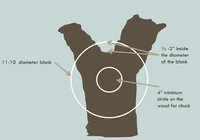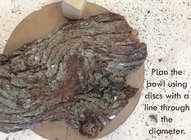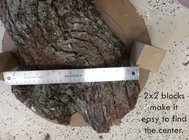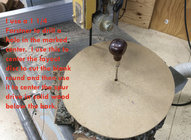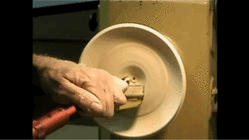My interest is far more in design than processes. I'm curious if others have some guiding principles or rules for their designs. Some also let the wood determine the object design. I read a piece by David Ellsworth saying he puts a chunk of wood in the lathe and let's the wood determine the design (not sure I believe that).
Here are three that come to mind for me. Please add some of yours.
1) Form follows function. If you want to make a bowl or container design it around its function and what it's meant to hold.
2) Use the rule of thirds where applicable. Like a box with a lid make the parting line 1/3 down from the top.
3) Make a pleasant form in design that stands by itself as attractive. Don't rely on wood grain or embellishments.
Here are three that come to mind for me. Please add some of yours.
1) Form follows function. If you want to make a bowl or container design it around its function and what it's meant to hold.
2) Use the rule of thirds where applicable. Like a box with a lid make the parting line 1/3 down from the top.
3) Make a pleasant form in design that stands by itself as attractive. Don't rely on wood grain or embellishments.


